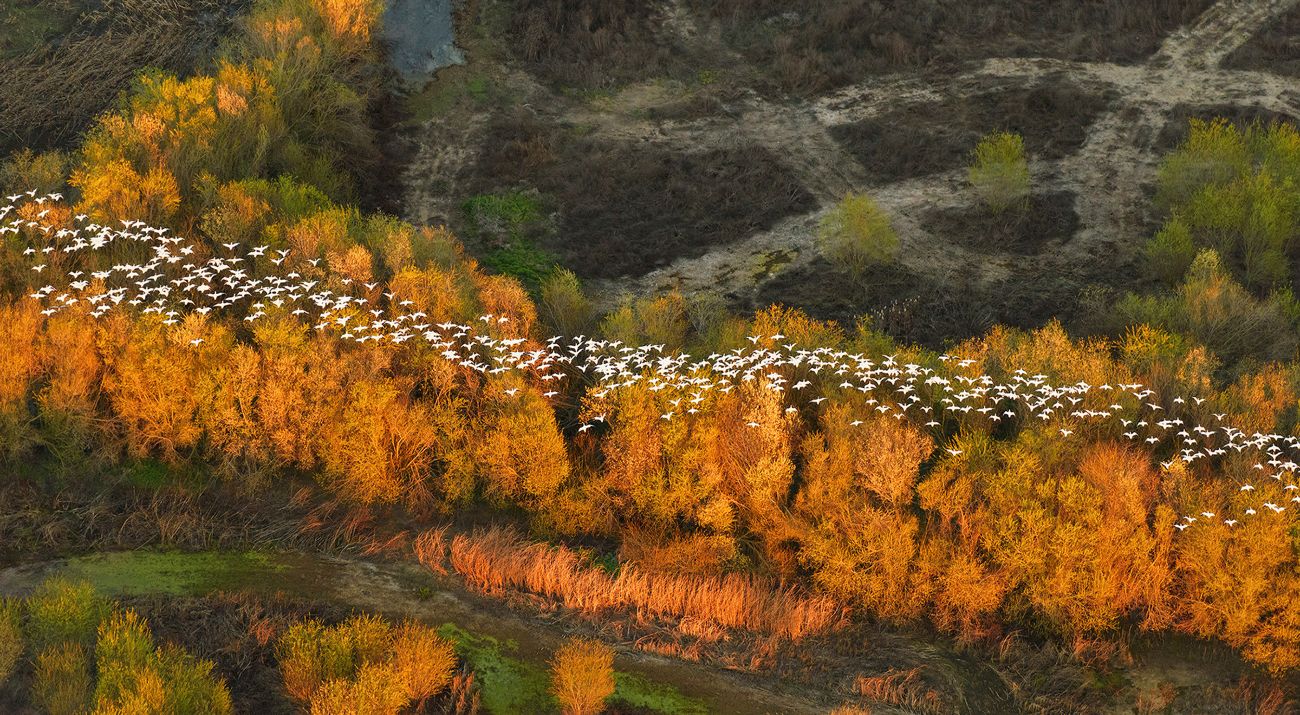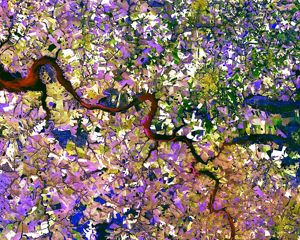10 Steps to a Transformative Deal for Nature
The UN biodiversity summit offers a chance to reset our relationship with nature
The Earth is vast—but it is also finite. As human development has expanded to meet the needs of a growing population, far too much of nature has been lost or degraded. This degradation is a major driver of climate change as well as species loss—and both crises pose serious threats to people.
Scientists are talking of deadly tipping points, and recent images of blazing fires, wounded wildlife and urgent evacuations in Australia hammer home that the delicate balance of nature can be tipped out of control within a relatively short time frame. We urgently need to reset and reverse these trends—but doing so will require broad collaboration and investment. This job is too big for environmentalists alone.
Against this backdrop, representatives from the world’s governments will convene for the UN Convention on Biological Diversity (CBD) in Kunming, China in 2022. It’s a pivotal moment for the countries that are party to the CBD to refresh and redouble their shared commitments to nature. But to be truly transformational, these commitments must involve key officials from finance, planning, transportation, energy and agriculture—people who have the political and economic clout to drive transformational changes that interweave nature preservation throughout political and economic systems.
Ahead of this crucial summit, here are The Nature Conservancy’s top 10 recommendations to the CBD to create a new deal for nature. Daunting? Yes. Possible? It has to be.
Jump Ahead
- Protect the Best: Conserve remaining wild places
- Improve the Rest: Restore lost habitat and reduce our impacts
- Farm for the Future: Encourage sustainable food production
- How We Build and What We Use: Ensuring net gain, not net loss for nature
- Our Urban Future: Plan cities for this century and beyond
- Nature is Water: Restore Rivers
- Forge the future of forests
- Ocean Action: Protect, Manage, Sustain
- Financing the Future
- The Natural World is in Search of Leaders
1. Protect the Best: Conserve remaining wild places
The Nature Conservancy (TNC) supports a new deal for nature calling for 30 percent of ocean, land and water to be managed as intact and fully functional natural ecosystems. Currently, we’re at nearly 17 percent—a previously agreed goal, yet much of this protection falls in areas like deserts and icy mountaintops that harbor less biodiversity and were unlikely development targets to begin with. New protections should be placed in areas scientifically identified as having the highest conservation value and that represent the planet’s biodiversity.
And it’s not enough to draw lines on a map—we need to improve the design, management, financing and interconnectivity of these critical areas that sustain us all.
2. Improve the Rest: Restore lost habitat and reduce our impacts
Scientists now reckon that humanity has already left a significant mark on roughly half of the Earth’s lands beyond the polar regions, as well as the majority of our global ocean. In these places, we need to improve the amount, quality, and resilience of partially modified ecosystems—where we have, for example, urbanized or cut down forests—in order to sustain Earth’s biodiversity and the critical services it supplies. Essentially, this means protecting nature in areas outside of wilderness, such as cities and farms. Reducing our impacts in these areas is perhaps the largest undertaking of all, as they represent the majority of the Earth’s surface that we rely upon for food, housing, energy, and other needs.
Sure, we’ll still need to produce more food and build more infrastructure as the world’s population grows—but a new deal for nature requires that we do it smartly and sustainably.
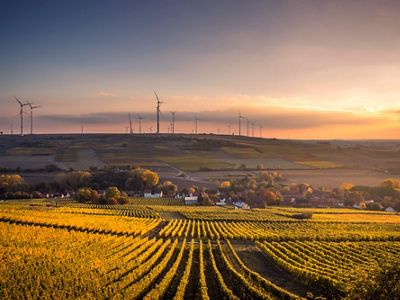
3. Farm for the Future: Encourage sustainable food production
This is one of the biggest steps we can take. When it comes to the climate and biodiversity crises, the agricultural sector is both part of the challenge and a potential solution. The best approaches to modern farming work with nature and promote a mutually-beneficial relationship between the food we produce and the ecological processes (such as soil regeneration and groundwater recharge) that sustain it. Still, deforestation, poor agricultural practices and other land uses have led to moderate to high degradation of 40 percent of the land within the world’s urban source watersheds—a worrying statistic as demand for food is expected to increase by as much as 70 percent by 2050.
A new deal for nature requires us to channel farming into already cleared or degraded lands and boost productivity through restorative and regenerative agricultural practices. This includes adopting practices that improve soil health and water quality, limit excess pest and nutrient agrochemicals, and diversify our farmscapes. This means employing practices like conservation tillage, inter-cropping and crop rotations, limiting field sizes, living fences, silvopasture, precision nutrient management and maintaining natural and semi-natural habitats. Such practices not only increase productivity, but also improve the land’s potential as a carbon sink and habitat for wildlife.
We also need to take a clear-eyed look at current agricultural subsidies and what impact they have on nature. According to a report from the Food and Land Use Coalition, the public is providing more than US$1 million per minute in global farm subsidies. And, while these subsidies come from the noble intent of improving food security and supporting livelihoods, many of the practices they fund at scale are driving the climate crisis and the destruction of wildlife. It’s a complex challenge, but agricultural subsidies don’t have to be destructive—they can also be redirected to support wildlife-friendly farming practices like agroecology or more sustainable water use and soil practices.
By giving companies an incentive to prove they are not converting habitats or using resources inefficiently, we can achieve huge wins for nature.
Our global insights, straight to your inbox
Get our latest research, perspectives and solutions to today’s sustainability challenges.
Sign Up4. How We Build and What We Use: Ensure net gain for nature, not net loss
Developing economies need infrastructure, and global economic output will likely double over the next two decades. Trillions of dollars are expected to be invested in new energy, mining and infrastructure projects around the world—projects that, if sited poorly, could be detrimental to nature and people.
There is a smarter way forward, though, and it all begins with better planning. New development can be sited and built in ways that minimize impacts to nature, such as building on already degraded lands whenever possible. Where infrastructure damages nature, we must counterbalance this impact with support for the “restoration economy,” and compensate for that damage by making a comparable or greater investment in the conservation of other lands—contributing to a net gain in biodiversity.
Avoiding critical habitats, minimizing impacts where we do build, and compensating nature through conservation and restoration for residual impacts must all be part of our new deal for nature.
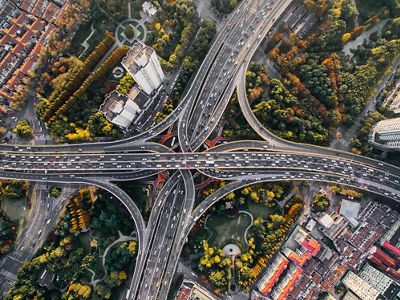
5. Our Urban Future: Plan cities for this century and beyond
With nearly 70 percent of the world’s population expected to live in urban areas by 2050, cities are swelling to accommodate newcomers—and that can put pressure on natural ecosystems. Some city governments are already integrating biodiversity protection into their future development plans, but a new deal for nature should establish national incentives for nature-based solutions in urban areas—such as investing in wetland protection for natural flood mitigation, enhanced stormwater management, and air quality—that protect biodiversity and improve residents lives. Increased funding for management and stewardship of urban biodiversity and wildlife would also help protect nature in these overlooked areas.
For the sake of nature and city dwellers—whose communities and individual health outcomes benefit greatly from green spaces—a new deal for nature must consider urban landscapes, too.
6. Nature is Water: Restore Rivers
In many places, freshwater scarcity is one of the gravest threats to both people and nature. We need to integrate nature-based approaches for sanitation, wastewater and stormwater management into any new deal for nature. Protecting and restoring ecosystem function in watersheds not only benefits nature—it helps provide access to safe drinking water.
But we have to go beyond watersheds and plan at the basin-scale for river systems, too. This might mean removing dams and shifting to lower-impact renewables such as wind and solar to improve the ecological function of rivers at basin scale.
When we restore the health and connectivity of river systems, people and nature benefit.
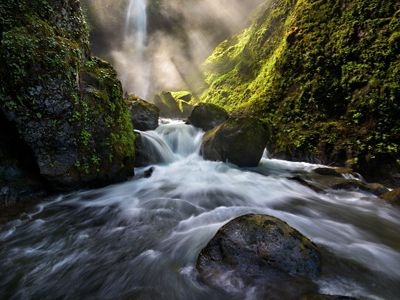
7. Forge the future of forests
Old-growth forests and mangroves are particularly powerful natural carbon stores, as well as precious habitat for wildlife. But rapid deforestation, forest fragmentation and degradation, hunting and the arrival of invasive species from other habitats continue to threaten these critical ecosystems. Especially in the biodiversity-rich tropics, we must strive for zero deforestation, reforest at scale and require that 100 percent of production forests be sustainably managed. We can also help forests and people thrive and forests thrive by increasing access to sustainable energy sources, which reduces fuelwood demand.
Hundreds of companies have committed to getting deforestation out of their supply chains, but more action is still needed if we’re going to slow climate change and protect wildlife.
8. Ocean Action: Protect, Manage, Sustain
The ocean gives us life: it provides half the oxygen we breathe and has absorbed a quarter of our carbon emissions to date, along with 90 percent of the excess heat trapped by those emissions. It also puts food on billions of plates and is home to an estimated 50 to 80 percent of all species on Earth.
But the services the ocean provides have come at a high cost. To preserve and restore healthy marine ecosystems, we must create protected areas both along the coast and out on the high seas—safe havens where nature can regenerate and fortify itself against climate change and other threats like industrialized fishing. However, a new deal for nature should not only create more protected areas, but also enforce measures that eliminate illegal, unreported and unregulated (IUU) fishing, reform perverse fishing subsidies and incentivize natural infrastructure for coastal restoration.
In the ocean, as on land, we must both protect wild habitats and more sustainably manage these areas and resources we draw from them.
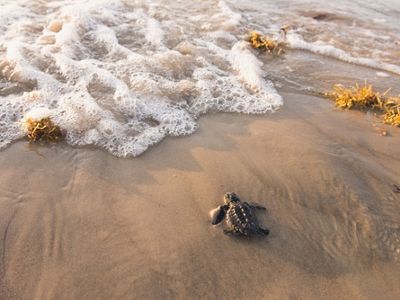
9. Financing the Future
The risk of inaction on climate change and the loss of nature is widely catalogued: What is less clear is how we mobilize money and institutions to rectify and course-correct. To shine a light on how we finance a transformation for nature, The Paulson Institute, TNC and Cornell University will provide a road map of policies, mechanisms and incentives to close the world’s biodiversity conservation finance gap. This report will show how we can generate the resources and the political will needed to protect and conserve nature—and how to reduce the need for conservation funding by preventing degradation in the first place.
With the global economy worth more US$80 trillion in 2017, the several hundred billion we need to ensure a healthy planet is a relatively small price to pay.
10. The Natural World is in Search of Leaders
If nature was a country, who would lead it? Who is rallying the troops, setting standards, making bold and regulatory changes, taxing the bad, rewarding the good and reframing our relationship with the natural world? A new deal for nature will require bold, visionary champions who can upend the status quo and make progress in short term, but also reshape our long-term trajectory to be more sustainable.
New Zealand has created a well-being budget that prices in the creation of a low-carbon economy and also granted legal entity to a landscape and a river. Some major economies, including the United Kingdom, have led on climate change by commiting to becoming net-zero on carbon by 2050. We’ve also seen leadership at the corporate level by industry captains such as Danone and Unilever.
But we need more—more individuals, businesses and governments committing to action on a scale the world has yet to witness, and never needed more.
-
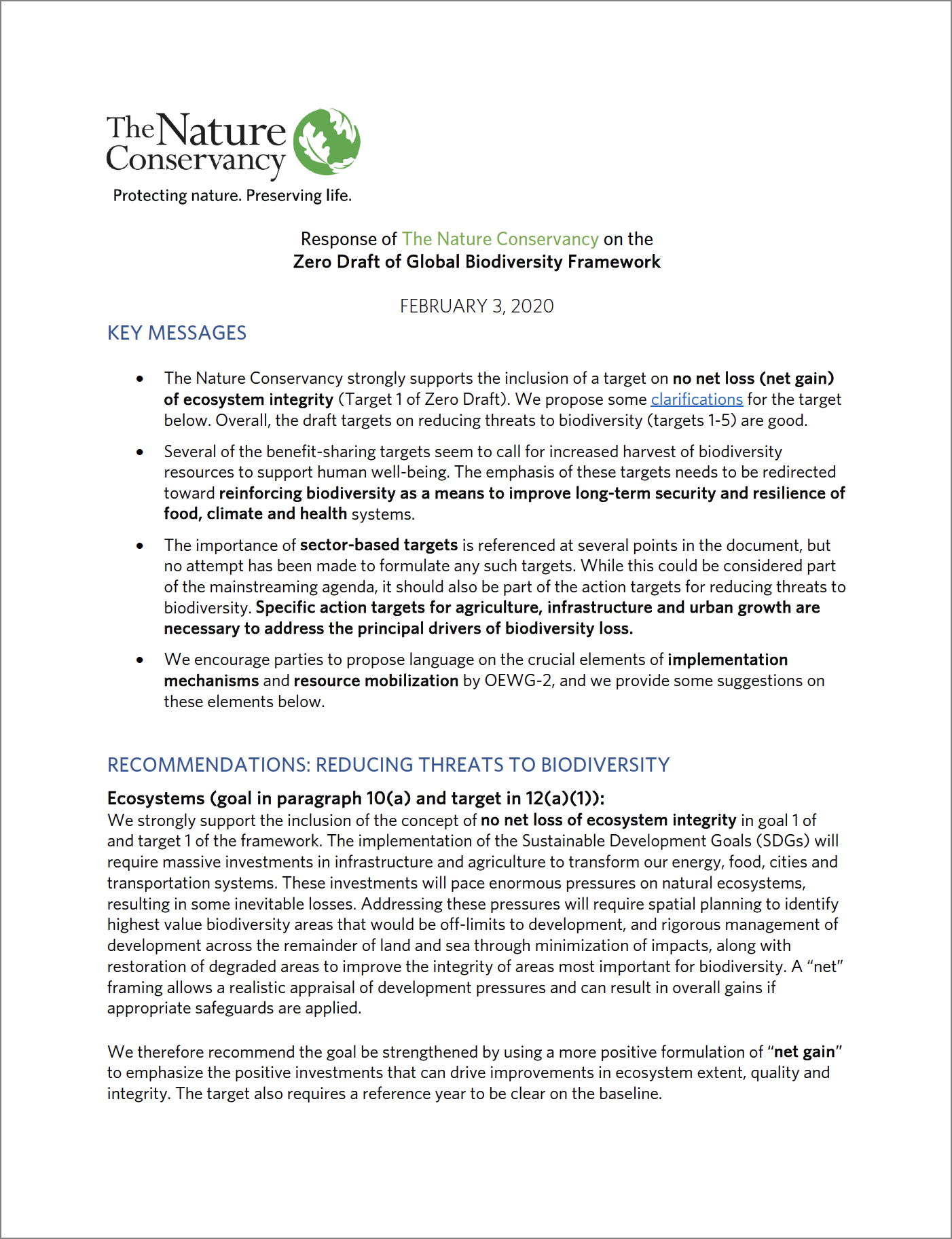
TNC Position on Global Biodiversity Framework
PDF
Read TNC's response and recommendations to the Zero Draft of the Global Biodiversity Framework.
DOWNLOAD
Global Insights
Check out our latest thinking and real-world solutions to some of the most complex challenges facing people and the planet today.
